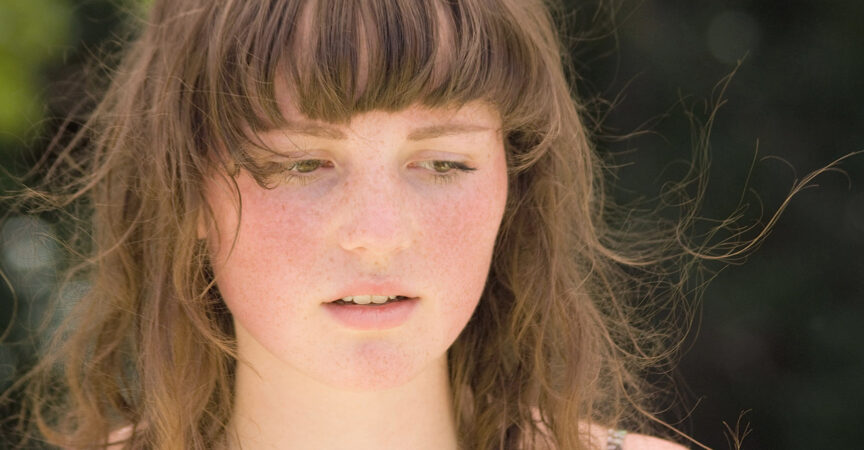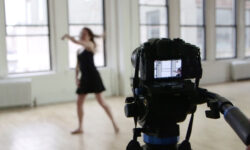Foundations of Photography Exposure
Release date:2022, September
Author:Ben Long
Skill level:Beginner
Language:English
Exercise files:Yes
Course description
Arriving at the best exposure for a photo is part science and part art. Technology is on your side, but sometimes, to get the image you want, you have to override your camera’s controls. In Photography Foundations: Exposure, Ben Long helps photographers expand their artistic options by giving them a deeper understanding of shutter speed, aperture, ISO, and all the other critical aspects of exposure.
Part one of this two-part series explores the basics: concepts such as tone, dynamic range, and reciprocity, and how they relate to the settings on your digital camera. You can learn how to use a light meter and your camera’s histogram, adjust the brightness and detail in your photos, prevent blur, and understand exactly how the auto modes work. By the end of the course, you’ll know how to develop an “exposure strategy” that you can employ in any shooting situation.
Note: This course is designed to work with any digital camera, but it is easier to follow along using a digital SLR or mirrorless camera.
Arriving at the best exposure for a photo is part science and part art. In this course—the second and final installment in the Photography Foundations: Exposure series—Ben Long helps photographers expand their artistic options by giving them a deeper understanding of shutter speed, aperture, ISO, and other critical exposure practices. Here, Ben expands upon the basic concepts covered in the previous installment, taking an in-depth look at priority modes, manual mode, and depth of field. Learn how to assess your camera’s high ISO options, how to shoot with post-production in mind, and more. By the end of the course, you’ll know how to develop an exposure strategy that will allow you to effectively employ your exposure knowledge in any shooting situation.





 Channel
Channel





